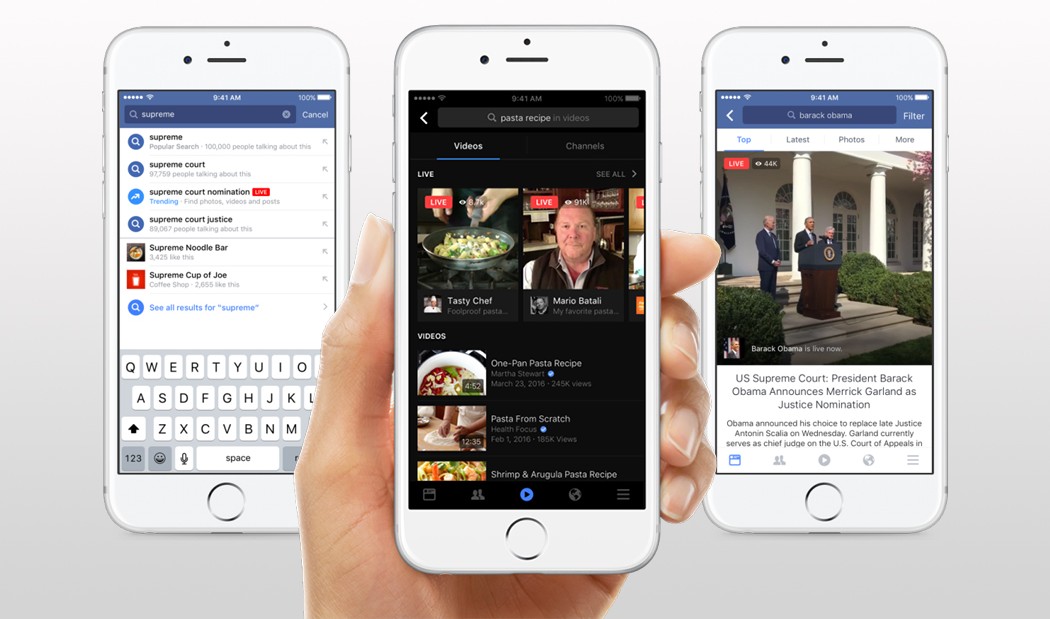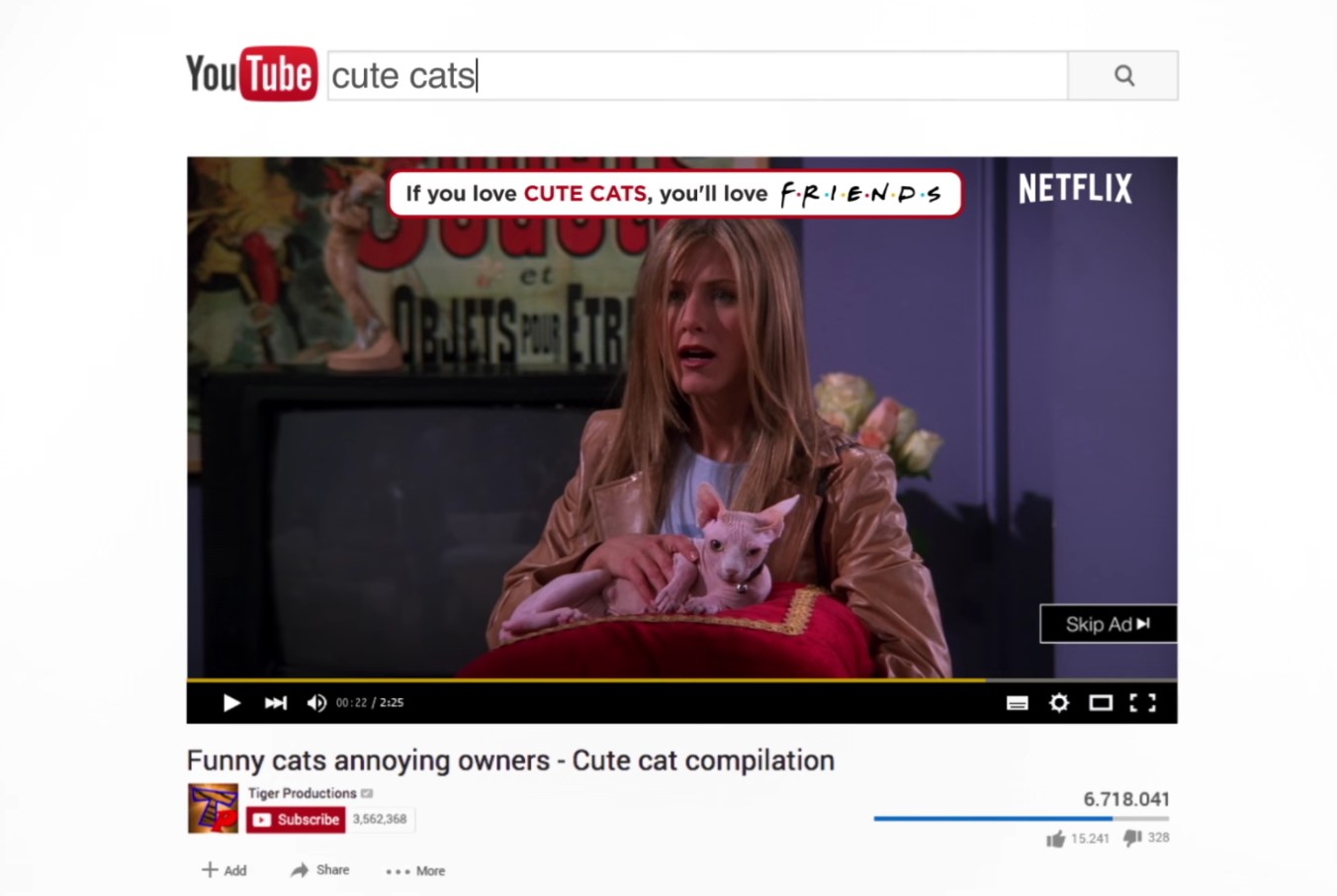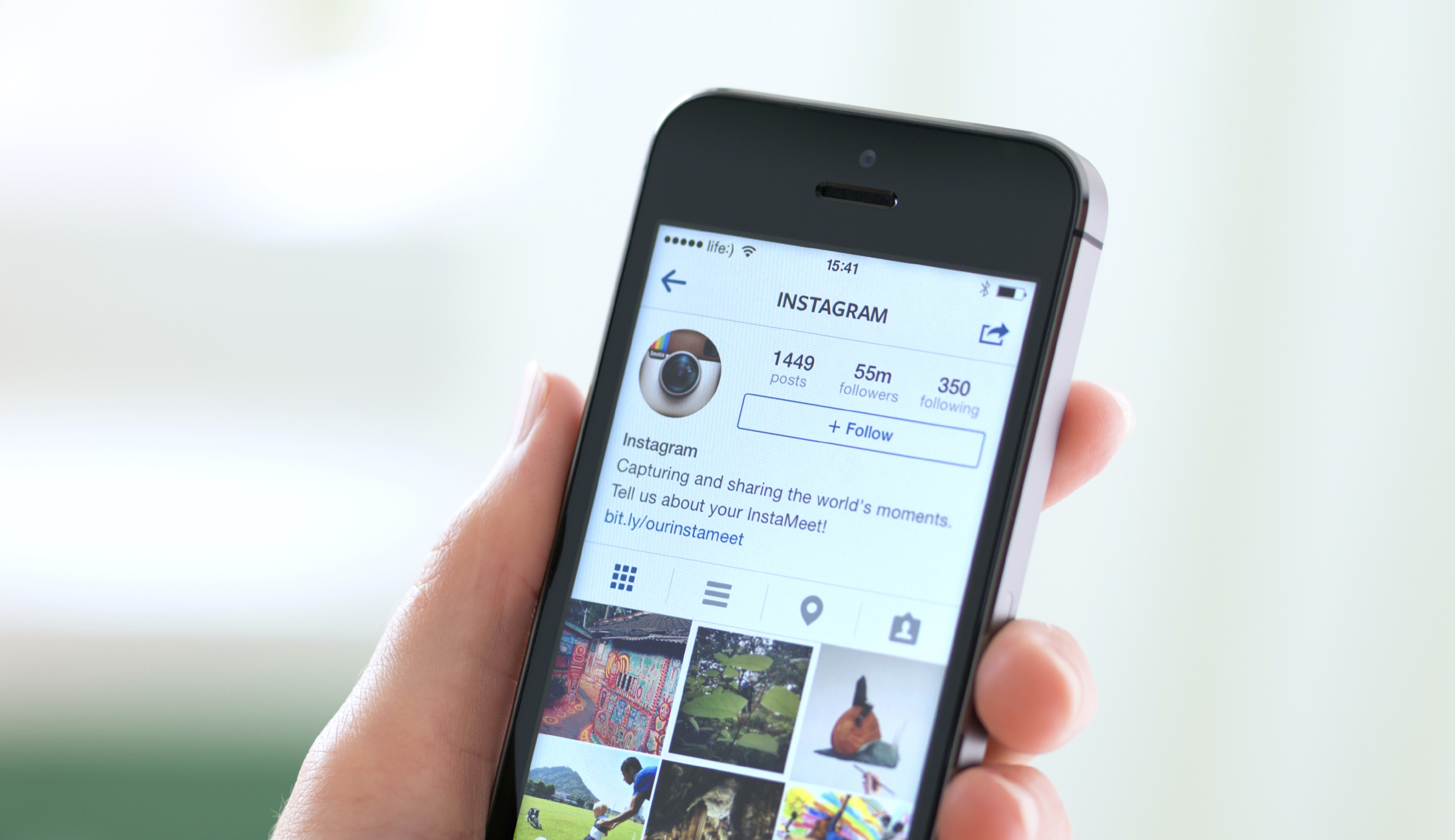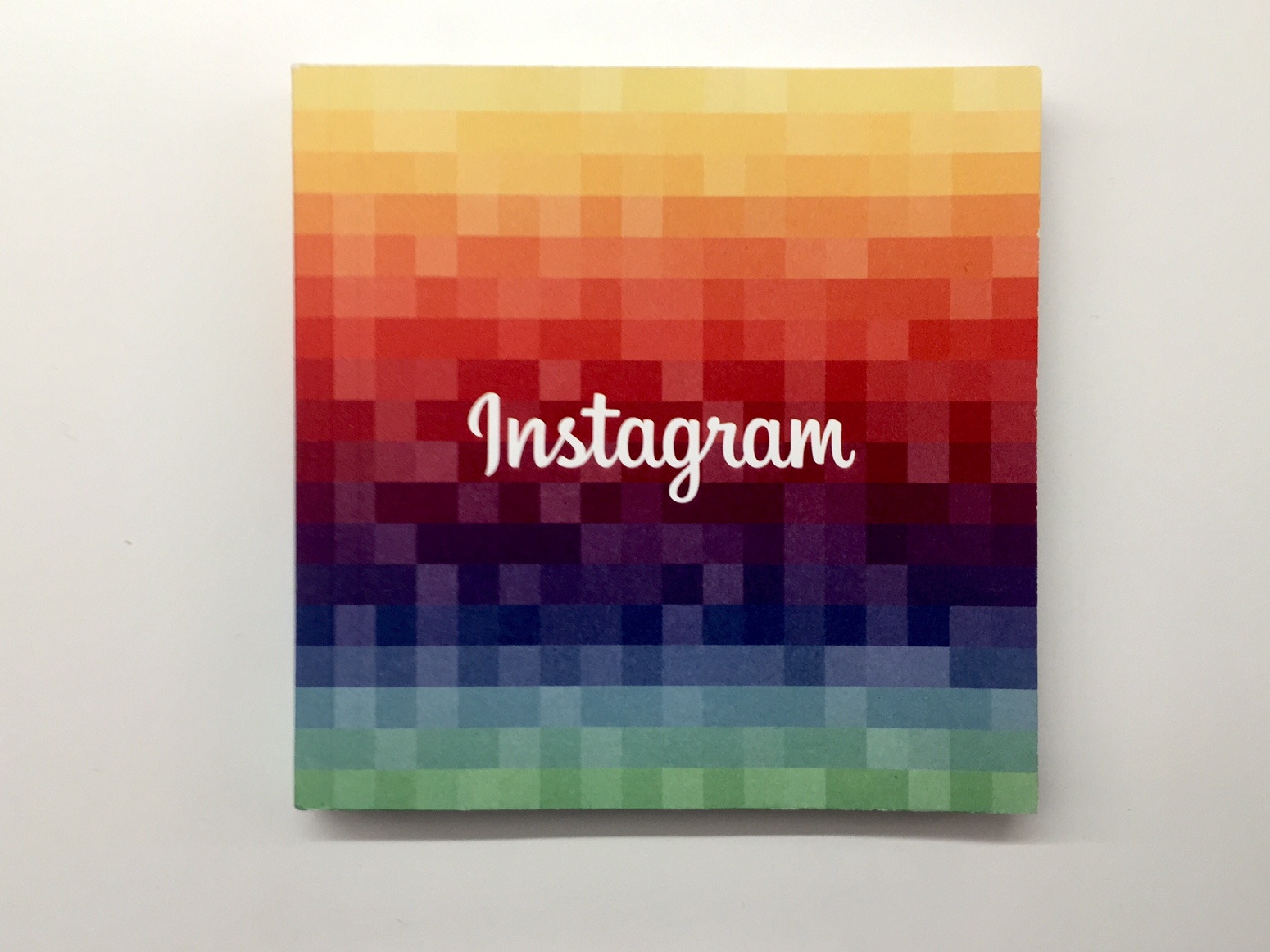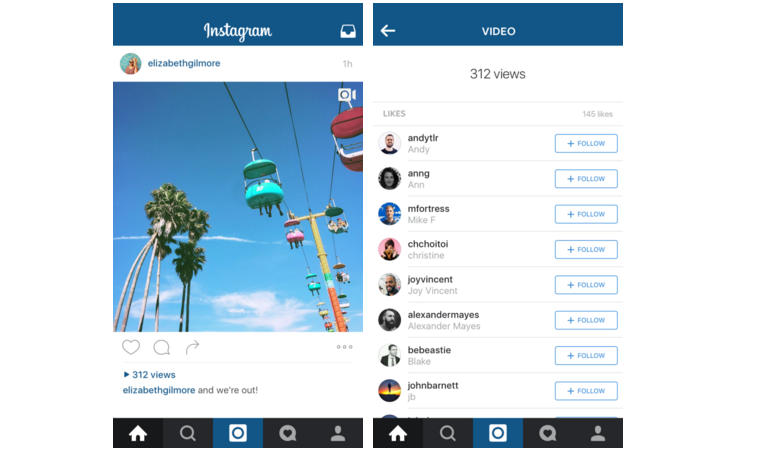What Happened
Following the launch of a dedicated live video discovery hub on its mobile app on Wednesday, Facebook continues to build out its video products with the addition of a video search engine. In addition, users will now also see Live Videos under the Trends panel in search. Over the last few months, Facebook has been suggesting that content creators tag their videos with keywords in preparation for this new feature.
What Brands Need To Do
Digital video ad spend in the US is on the rise, with eMarketer expecting it to reach $9.84 billion and represent 19.6 percent of total digital ad spending this year and reach $16.69 billion by 2020. By integrating video search into the search bar, Facebook is making it easier for users to discover and consume original video content on its platform, which can also help brands get more eyeballs on their pre-roll ads or branded videos. As Facebook continues to improve its video ad products, brand advertisers should also consider reevaluating their media mix and reallocating the video ad spending.
Remember to check back next week for our coverage of Facebook’s annual F8 developer conference for updates.
Source: TechCrunch
Header image courtesy of Facebook Newsroom
